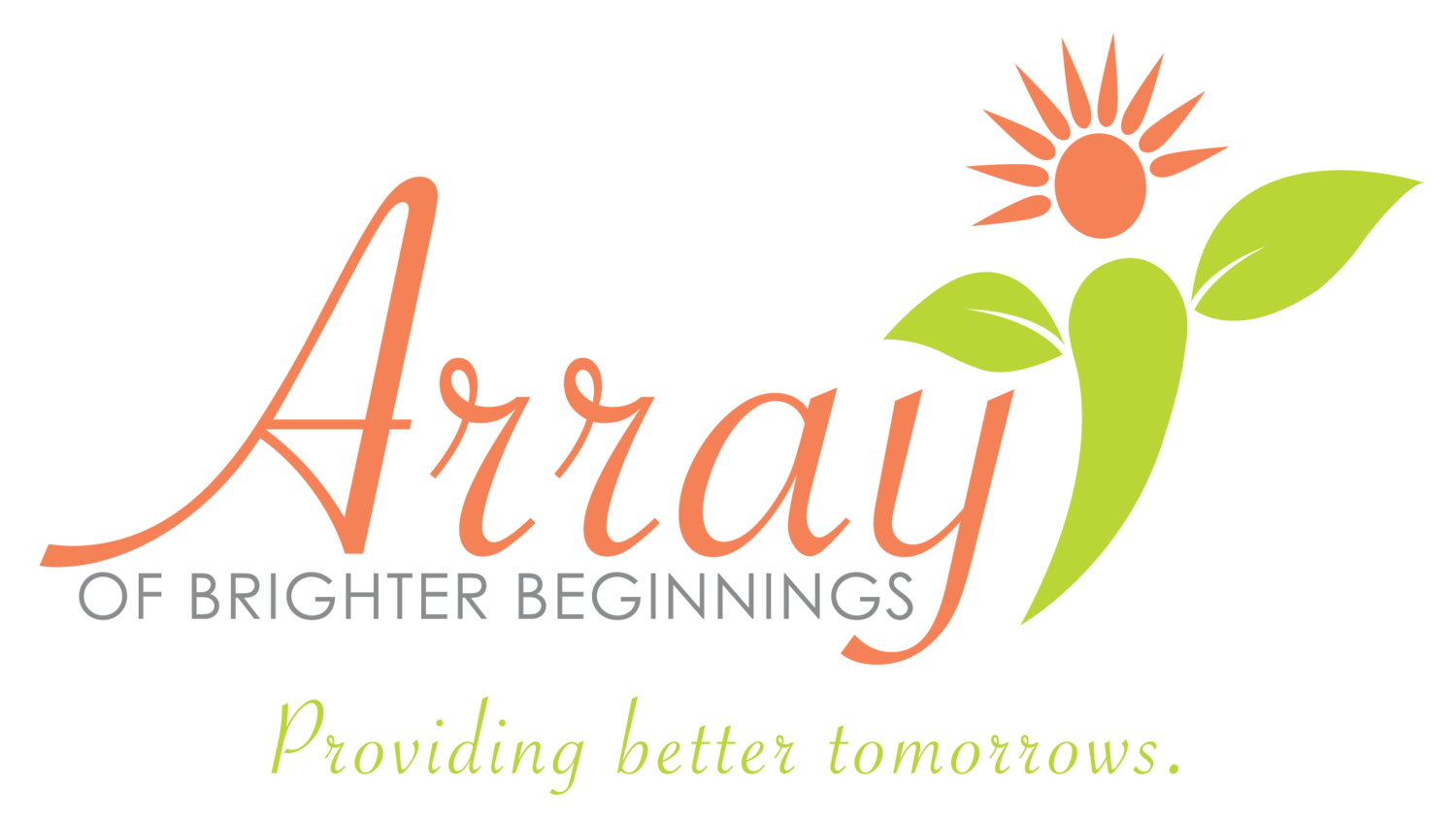People with generalized anxiety disorder display excessive anxiety or worry for months and face several anxiety-related symptoms.
Generalized anxiety disorder
- Restlessness or feeling wound-up or on edge
- Being easily fatigued
- Difficulty concentrating or having their minds go blank
- Irritability
- Muscle tension
- Difficulty controlling the worry
- Sleep problems (difficulty falling or staying asleep or restless, unsatisfying sleep)
Panic Disorder
People with panic disorder have recurrent unexpected panic attacks, which are sudden periods of intense fear that may include palpitations, pounding heart, or accelerated heart rate; sweating; trembling or shaking; sensations of shortness of breath, smothering, or choking; and feeling of impending doom.
- Sudden and repeated attacks of intense fear
- Feelings of being out of control during a panic attack
- Intense worries about when the next attack will happen
- Fear or avoidance of places where panic attacks have occurred in the past
Social Anxiety Disorder
People with social anxiety disorder (sometimes called “social phobia”) have a marked fear of social or performance situations in which they expect to feel embarrassed, judged, rejected, or fearful of offending others.
- Feeling highly anxious about being with other people and having a hard time talking to them
- Feeling very self-conscious in front of other people and worried about feeling humiliated, embarrassed, or rejected, or fearful of offending others
- Being very afraid that other people will judge them
- Worrying for days or weeks before an event where other people will be
- Staying away from places where there are other people
- Having a hard time making friends and keeping friends
- Blushing, sweating, or trembling around other people
- Feeling nauseous or sick to your stomach when other people are around
Risk Factors
- Shyness, or behavioral inhibition, in childhood
- Being female
- Having few economic resources
- Being divorced or widowed
- Exposure to stressful life events in childhood and adulthood
- Anxiety disorders in close biological relatives
- Parental history of mental disorders
- Elevated afternoon cortisol levels in the saliva (specifically for social anxiety disorder)
Treatments and Therapies
Anxiety disorders are generally treated with psychotherapy, medication, or both.
Psychotherapy
Psychotherapy or “talk therapy” can help people with anxiety disorders. To be effective, psychotherapy must be directed at the person’s specific anxieties and tailored to his or her needs. A typical “side effect” of psychotherapy is temporary discomfort involved with thinking about confronting feared situations.
Cognitive Behavioral Therapy (CBT)
CBT is a type of psychotherapy that can help people with anxiety disorders. It teaches a person different ways of thinking, behaving, and reacting to anxiety-producing and fearful situations. CBT can also help people learn and practice social skills, which is vital for treating social anxiety disorder.
Two specific stand-alone components of CBT used to treat social anxiety disorder are cognitive therapy and exposure therapy. Cognitive therapy focuses on identifying, challenging, and then neutralizing unhelpful thoughts underlying anxiety disorders.
Exposure therapy focuses on confronting the fears underlying an anxiety disorder in order to help people engage in activities they have been avoiding. Exposure therapy is used along with relaxation exercises and/or imagery. One study, called a meta-analysis because it pulls together all of the previous studies and calculates the statistical magnitude of the combined effects, found that cognitive therapy was superior to exposure therapy for treating social anxiety disorder.
CBT may be conducted individually or with a group of people who have similar problems. Group therapy is particularly effective for social anxiety disorder. Often “homework” is assigned for participants to complete between sessions.

